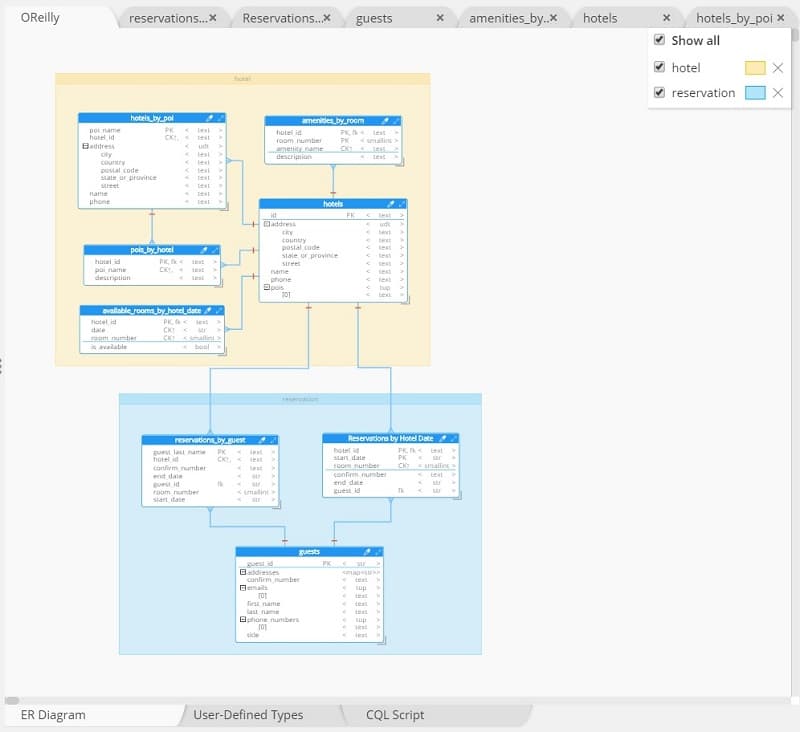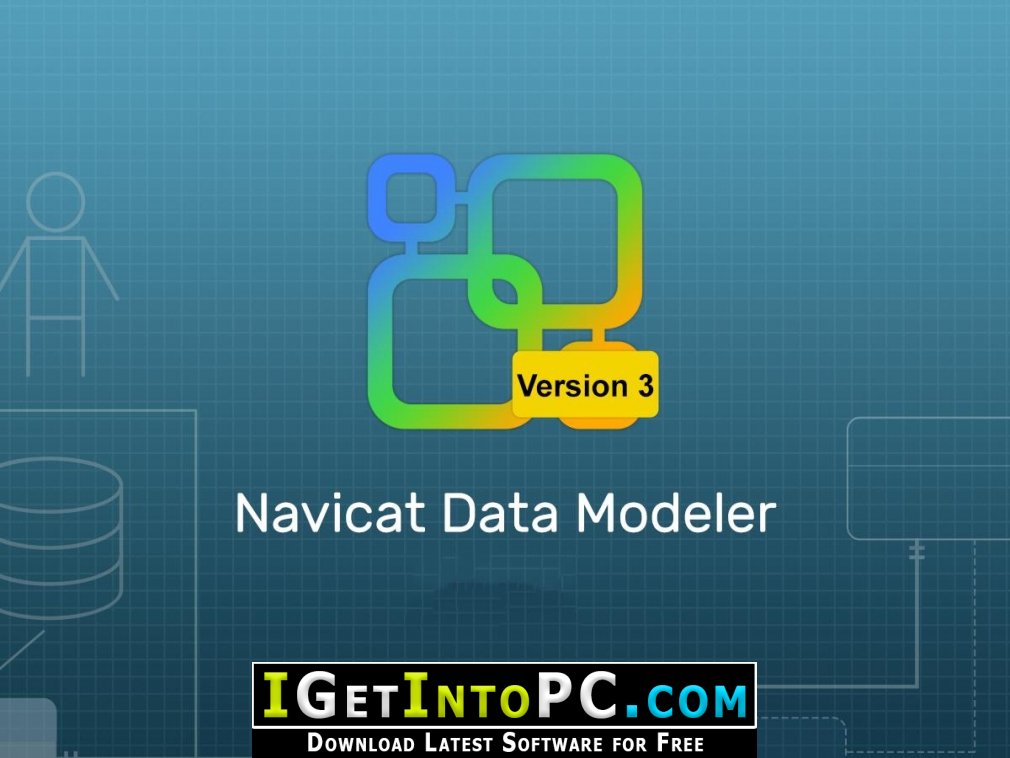
Use the arrow keys to move to the next entity or duplicate it by pressing CTRL+Enter (or CMD+Enter on MacOS). When you’ve finished, press CTRL+Enter ( CMD+Enter) to exit the text edit. Of course, you can also drag new attribute rows from the shape library and drop them within the entity shape.Įdit an attribute row by selecting it, then pressing Enter. You can also right click on the row shape, select duplicate, then edit the text.

Select an existing row and press CTRL+Enter (or CMD+Enter on MacOS) to duplicate it. Attributes are added to each entity, and further entities can be added that represent areas to capture data in the system.

A logical model is a more detailed version of a conceptual data model. It shows students, courses, and how they relate. The easiest way is to duplicate an existing attribute row. An example of a conceptual data model is shown here. This works better with the second style of diagram.Īdd extra attributes to entities: Sometimes your entity shapes don’t have enough space for all the attributes you need. The composite entity in the Chen model is represented by diamond shape within a rectangle. This entity is composed of primary key of the each to be connected.
#Associative entity navicat data modeler how to#
See this earlier post for a more detailed description on how to use the scratchpad in draw.io to make creating ER diagrams quick and easy.Įxport to text: Want to create a text list of entities and their attributes and keys? Use the draw.io text plugin and export it to a text file. An associative entity is used to implement many to many relationship between two or more entities. In this model, an entity is anything that exists independently, whereas an association is something that only exists in relation to something else. If you are creating the second style of ER diagram, you can store a ‘template’ with as many extra ‘rows’ for the attributes as you typically need. This model divides all the data points based on whether they describe an entity or an association. Use template shapes: Use the scratchpad for storing groups of shapes so you don’t have to build each up from scratch. To create an associative entity in the first style of diagram, add an entity shape and a relationship shape, and group the two shapes together.

These represent a collection of data, using a rectangle with attributes ‘hanging’ off it, or box containing a list of its attributes.įor example, an entity Student could include the attributes StudentID, Name, Address, Course, Subjects, Marks.


 0 kommentar(er)
0 kommentar(er)
